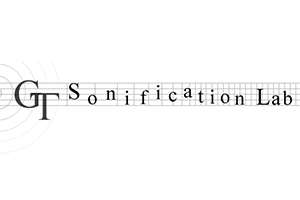To date, trust in automation has only been measured generally; however, types of trust in automation have been proposed in the literature. Hoff and Bashir's (2015) conceptual model is the first definition in the literature of situational trust in automation. Situational trust highlights the impact contextual differences on trust development as well as on how much trust influences behavioral outcomes. They outline many factors that they believe could contribute to situational trust in automation generally into two variability subtypes: internal and external. External factors that influence situational trust are type of system, system complexity, task difficulty, workload, perceived risks, perceived benefits, organizational setting, and framing of task. Internal factors that influence situational trust are self-confidence, subject matter expertise, mood, and attentional capacity. This is the first measure developed for a situational trust in automation and for any type of trust in automation.

The Georgia Tech Sonification Lab is an interdisciplinary research group based in the School of Psychology and theSchool of Interactive Computing at Georgia Tech. Under the direction of Prof. Bruce Walker, the Sonification Lab focuses on the development and evaluation of auditory and multimodal interfaces, and the cognitive, psychophysical and practical aspects of auditory displays, paying particular attention to sonification. Special consideration is paid to Human Factors in the display of information in "complex task environments," such as the human-computer interfaces in cockpits, nuclear powerplants, in-vehicle infotainment displays, and in the space program.
[Random Image of Auditory Interface] Since we specialize in multimodal and auditory interfaces, we often work with people who cannot look at, or cannot see, traditional visual displays. This means we work on a lot of assistive technologies, especially for people with vision impairments. We study ways to enhance wayfinding and mobility, math and science education, entertainment, art, music, and participation in informal learning environments like zoos and aquariums.
The Lab includes students and researchers from all backgrounds, including psychology, computing, HCI, music, engineering, and architecture. Our research projects are collaborative efforts, often including empirical (lab) studies, software and hardware development, field studies, usabilty investigations, and focus group studies.


